Over the years I have turned into a botanical ‘twitcher’. Like avid birdwatchers, I am forever keen to expand the number of (plant) species I encounter and can identify ‘in the wild’. Until Oman’s rich botanical heritage is showcased at the Oman Botanic Gardens (still a few years away I suspect) I recommend a ‘do-it-yourself’ visit to Oman. That’s what I did and this is how I did it in early 2017, writes Janelle Hatherly.
First I created a map showing the location of major habitat types and where I was most likely to find them. Oman is a desert country which has two distinct mountain habitats – one up north near the capital Muscat and another down south near Salalah, the second largest city rich in ancient history. The rest of the country is fairly flat and habitats like gravel deserts, sandy deserts and salt pans show differing amounts of plant life.
Armed with Google, field guides and a trusty driver (in my case my husband, but you can also hire Oman guides who specialise in ecotourism) we set off allowing enough time to explore this amazing country. For us, this was also a DIY geological tour of Oman. Peter is a geophysicist and over three weeks we traversed the country ‘botanising and geologising’ – getting to know Oman, the natural way. For the first time in all our travels together I felt jealous because the geomorphology eclipsed the botany … but it won’t be happening in this story!
Oman is a very safe and immensely friendly country. The hospitality of the locals and their willingness to share information is second to none. Ethnobotany is alive and well and while I’m not into promoting specific tour products, talking plants with such knowledgeable locals as Obaid Alwahabi (a Bedouin with a tourist camp site at Wahibi Sands) and Ahmed Alapri (the beekeeper at Misfah Old Village) was a real treat.
I started by identifying the easy stuff – plants I found in the sparsely vegetated gravel deserts around Muscat and covering much of the coastal plains and central inland areas. Many travel guides refer to the 1,030 km drive from Muscat in the north to Salalah in the south as ‘roads across nowhere’ but any Aussie who loves traversing wide open spaces, like we do, will find this an experience in itself. And now the roads are good enough to vary the trip by travelling one way via the coast.
Acacia tortilis and Prosopis cineraria dominate this landscape and the ground cover is mainly small succulents with a few grasses. Here it doesn’t rain much but irregular precipitation from fog allows for greater plant diversity than is found in sand desert and salt pan habitats.
This amazing ghaf specimen (the common name of Prosopis cineraria), possibly hundreds of years old, lies about one metre inside a white line marked on the side of the road indicating where an oil pipeline is to be installed from the seaside port of Duqm possibly all the way to Saudi Arabia.
There it sits on the horizon. Let’s hope it was by-passed and survives – it is used to a hard life.
And stopping anywhere yields miniature marvels. Individual plants that seem ordinary to Omanis have details that fascinate the botanical tourist.
I picked this small piece of Cleome to identify in transit and soon the car was filled with a sweet smelling fragrance. Referring to my Field Guide to the Wild Plants of Oman I quickly learnt that traditionally it was rubbed over the body as a deodorant. Very handy when summer temperatures exceed 50 degrees!
Another unexpected treat was to find these parasitic inflorescences at the site of an abandoned well on the side of the central highway.
After a brief stop at this little green oasis (mainly Chenopodiaceae and Zygophyllaceae family members and a few grasses) I entertained us for hours researching these weird plants, their host species and their wide variety of uses in European, Arabic and Chinese herbal medicine. Mobile phone reception is excellent in Oman except in parts of the mountainous regions.
In areas where salinity is high or rainfall is less than 50 mm a year, the vegetation is even sparser and the bare ground takes on its own distinctive appearance.
Vast salt flats are called sabkhas and, due to extraordinary salinity, these areas are devoid of vegetation. However hardy plants can grow on miniature dunes, called nabkhas.
In sand desert habitats, golden or white sands dominate the landscape. Vegetation is limited to a few hardy species and grasses, and at this time of the year the desert squashes lie ripening in the sun.
Camels are a regular treat to come across – whether wandering freely or shepherded by Bedouins.
Although modernisation appears to be changing camel lifestyles too!
The greatest plant diversity exists in the mountainous regions of Oman – the Southern mountains in the Dhofar region and in the Northern Hajar Mountains.
The Southern mountains and elevated coastal escarpments around Salalah are different to anywhere else in the country. Between June and September these ranges are verdant and cooled by the southeastern monsoon. The ‘khareef’ becomes a favourite destination for locals and tourists with its thick mists, waterfalls, fertile soil and rich woodland vegetation. Cattle, goats and camels graze on the grassy plateaus and along the coastline banana, pawpaw and other tropical fruit plantations add a tropical effect.
Even in the dry winter months the dense vegetation cover on the Dhofar ranges makes them look like our Australian countryside (except close up – that’s Delonix elata in flower.
At this time of the year the desert roses Adenium obesum were also starting to bloom.
It’s not surprising that around 70% of the total flora and the majority of the endemics are concentrated in Southern Oman. After the relative paucity of plants to identify in the desert habitats, I found the complexity of vegetation in Dhofar a bit overwhelming. I vacillated between feeling like a kid in a lolly shop and a parent walking into Toys-R-Us.
Oman’s location in the southern part of the Arabian Peninsula means it shares vegetation common to Arabia, south-west Asia and north-east Africa. It was great to see representatives of plant groups I’d become familiar with in geographical collections in botanic gardens over the years.
For example, Ficus vasta and Boscia arabica trees with their dense flat crowns and hovering caper white butterflies and this magnificent solitary Sterculia africana tree.
However I didn’t manage to see any endangered dragon trees (Dracaena serrulata) – maybe next time!
Anagallis arvensis (blue pimpernels) and Geranium mascatense were in flower so easily identifiable.
It’s awesome discovering your first frankincense (Boswellia sacra) in the wild – and smelling its fragrant resin. For more than 2,000 years frankincense was globally considered more precious than gold … and frankincense from Dhofar is still considered to be the best in the world.
But it’s not nice seeing herds of camels grazing on them or concrete gutters and fibre optic cables encroaching on their root space.
There are only two known populations of baobabs (Adansonia digitata) in Oman – one tree near the Yemen border and about 30 trees at Wadi Hinna in Dhofar. After promising my geology-obsessed driver that we could make a special trip up north to see the world’s best example of pillow lava, we went in search of baobabs in a rather obscure location at Wadi Hinna. It’s very challenging reading place names in Oman as the one name can be spelt many different ways.
My botanical highlight (down south)
and Peter’s geological highlight (up north)!
These huge and endangered baobabs still appear majestic despite being sandwiched between new roads and surrounded by the all-too-familiar sight of rubbish. Oman has yet to deal with its litter problem.
It’s comforting to know that other baobab specimens have been rescued from the jaws of development and are now growing well in Oman Botanic Gardens’ nurseries. Only rescued baobabs and other signature trees such as the elephantine desert rose, frankincense and its relatives will be used in displays at the Oman Botanic Gardens.
The glasshouse biome being designed to represent the Southern mountain flora will be in monsoonal conditions for an extended part of the year. This is sure to become a favourite summer retreat too.
The Northern Biome at the OBG will feature vegetation of the rugged Hajar Mountains that stretch 700 kms from the west to the east of northern Oman. These arid mountains are stunningly beautiful and rival the Grand Canyon in USA in scale and visual impact.
They are the highest mountains in Arabia and above 2,000m the exposed rocky slopes are dominated by Acacia gerrardii, wild olives (a subspecies of Olea europaeae with inedible fruit) gnarled Juniper excelsa trees (now Juniperus seravschanica and classified as vulnerable due to their restricted distribution) and familiar hop bushes Dodonaea viscosa (native to Australia and now pan-tropical).
This was where I first saw the giant milkweed Calotropis procera. We found it in every habitat we visited – in the north, the centre and the south! It looks beautiful but is very toxic and is indicative of overly disturbed habitats.
- Giant milkweed Calotropis procera
- Calotropis procera
- Calotropis procera
I have managed to describe only a handful of the country’s fascinating flora here … but in a few years time it will all be curated, displayed and superbly interpreted at the Oman Botanic Gardens. I can’t wait to see it! Oman has pleasant winter temperatures and in summer the mountain ranges are lush and appealing so visit ‘wild Oman’ whenever you can.
About Janelle Hatherly
Janelle Hatherly is Managing Editor of BGANZ’s professional e-magazine The Botanic Garden(er) bganz.org.au and creator and co-presenter of Galleries and Gardens, a fortnightly program of news and views from the world of art and public gardens, on 2RPH Radio for the Print Handicapped Janelle has a background in science teaching and over 30 years experience developing public programs and exhibitions in four Australian museums and botanic gardens. Passionate about facilitating public understanding of our natural world and cultural heritage Janelle gives presentations and has written articles and factsheets, popular science and school text books and panels for exhibitions.
This article was originally published on Garden Drum and is republished here under Creative Commons.










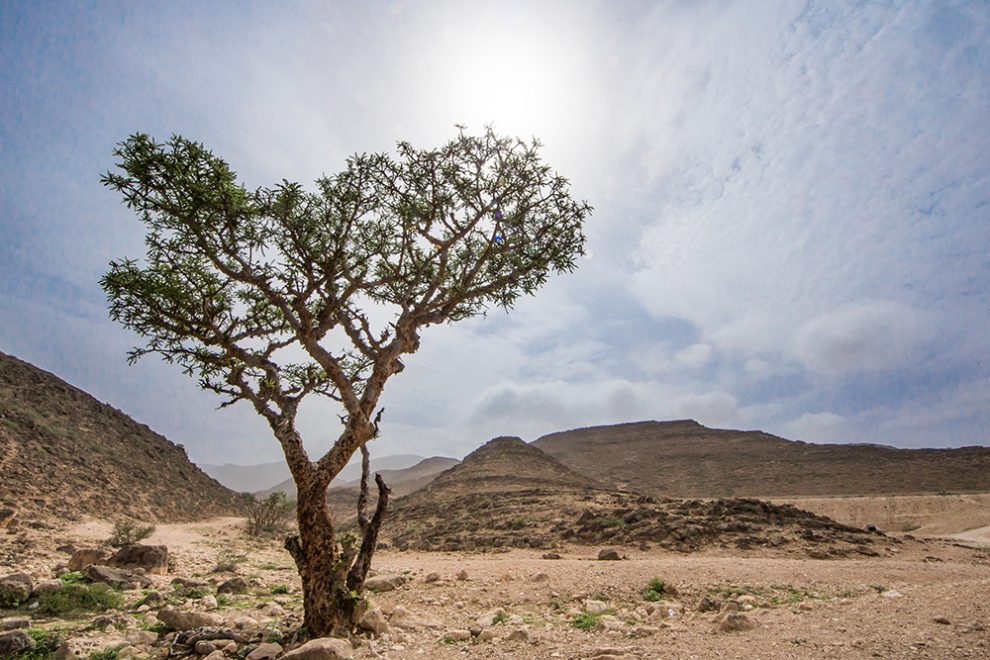

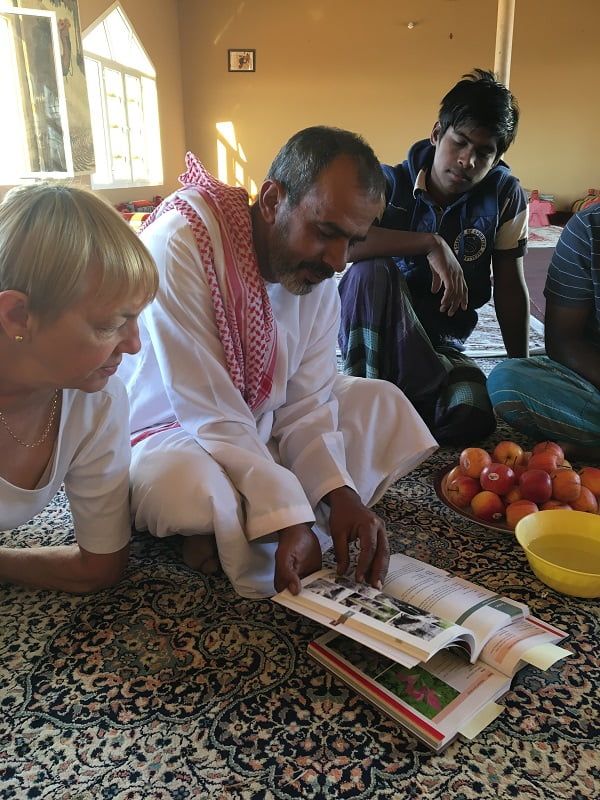

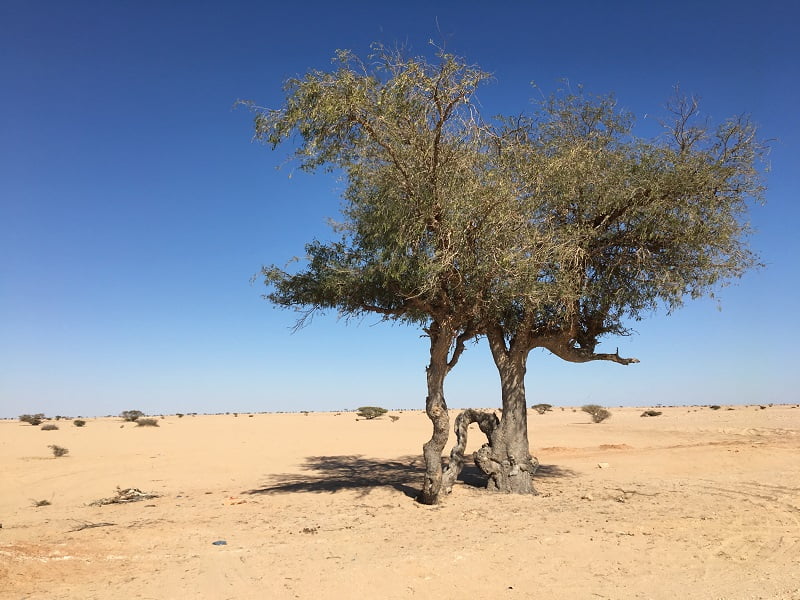


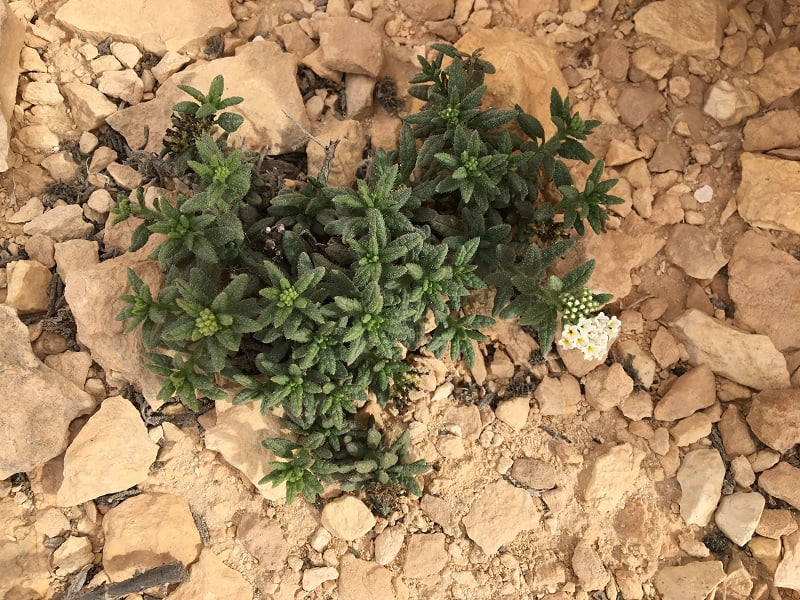














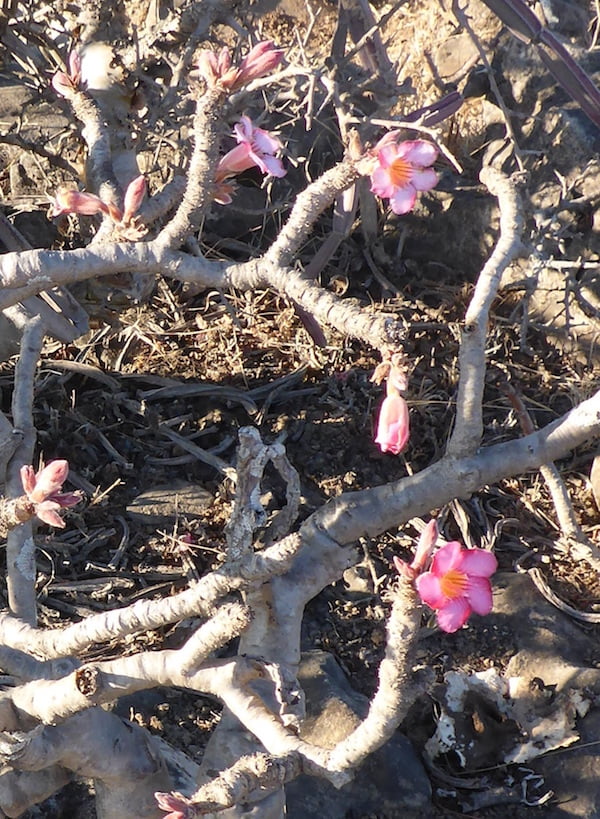


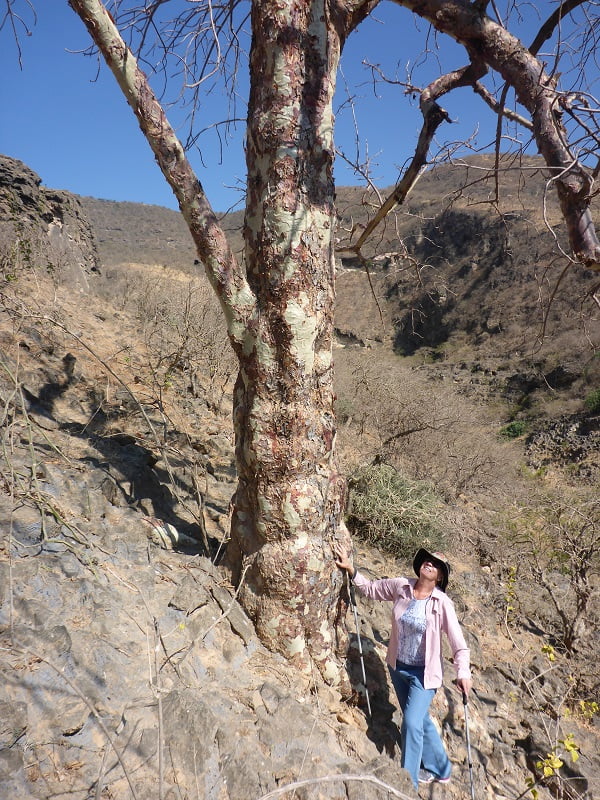
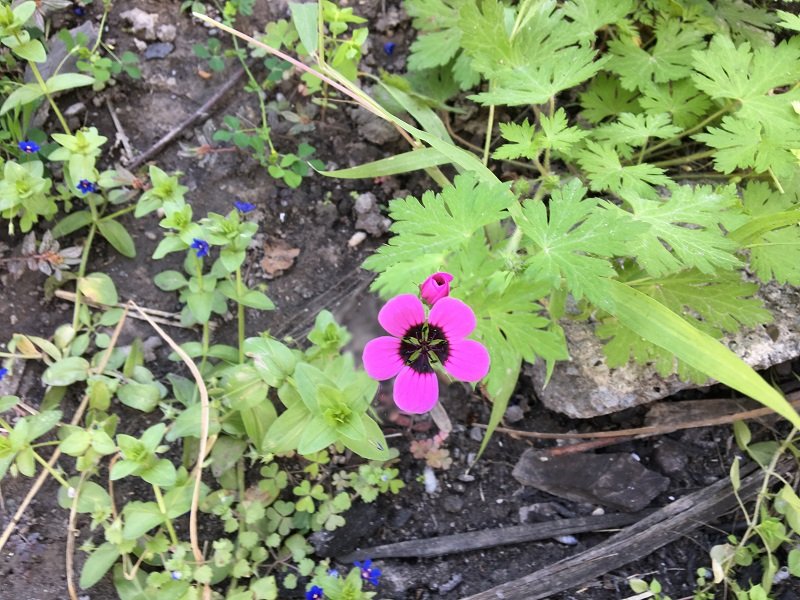

















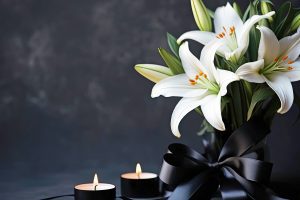









Add Comment